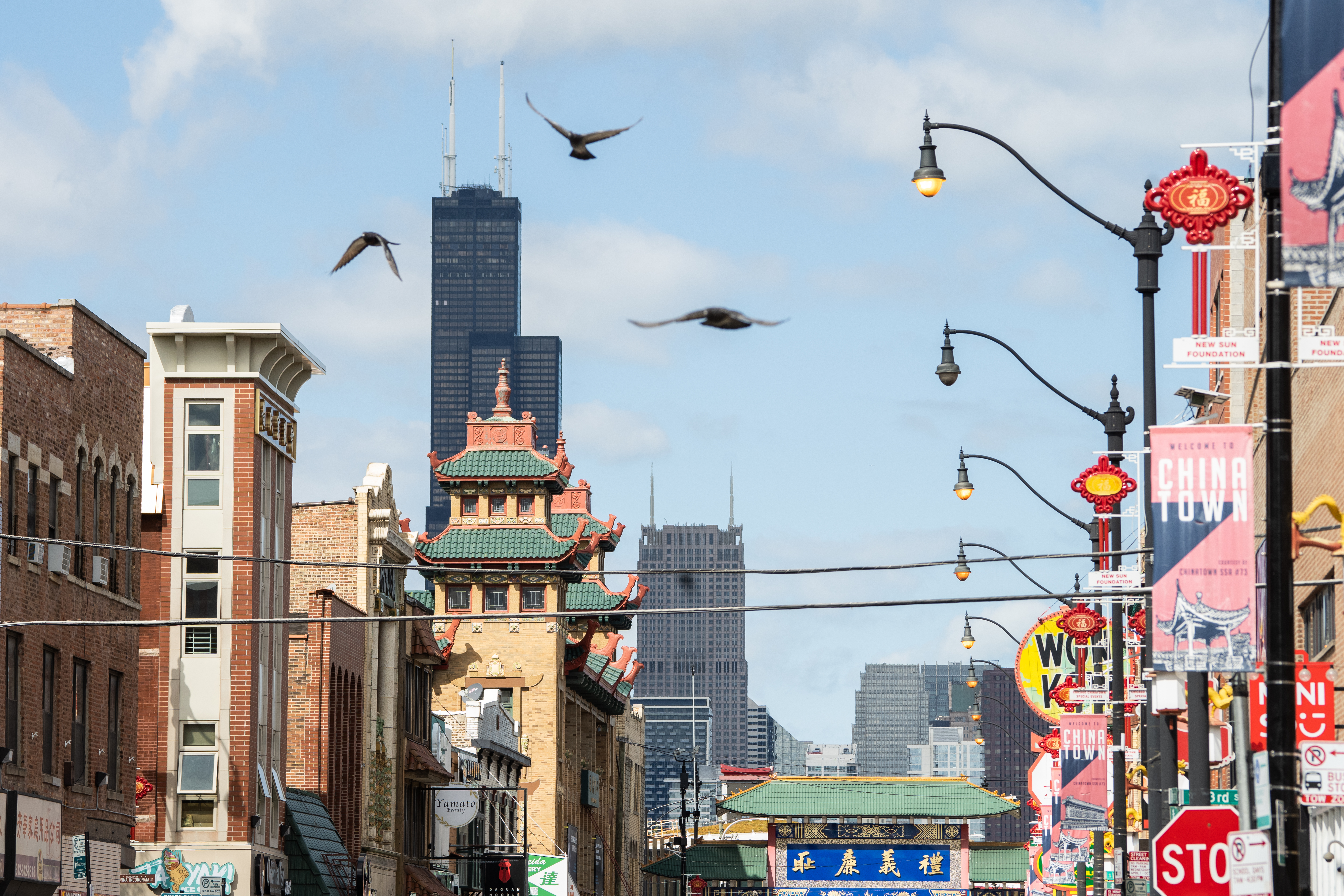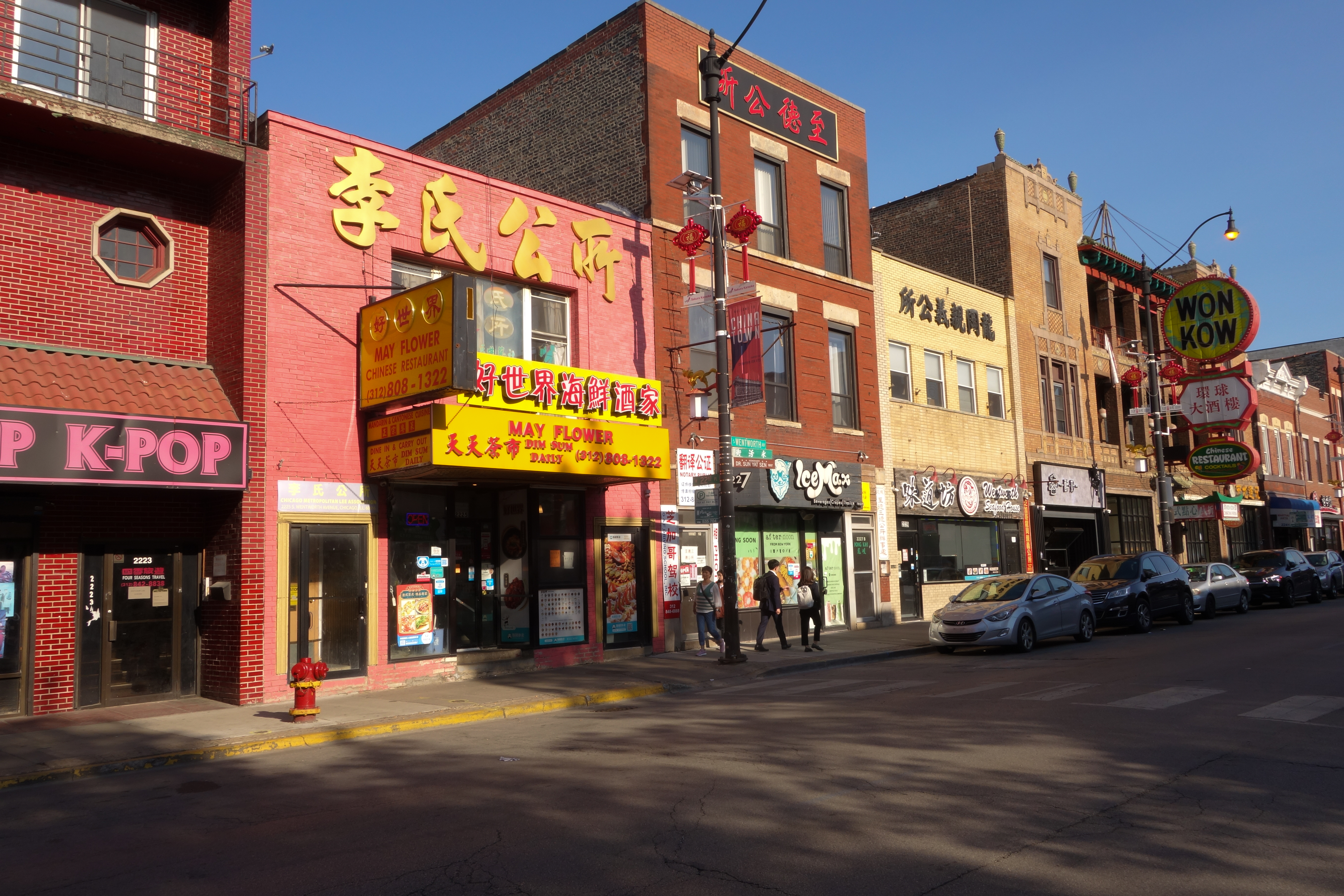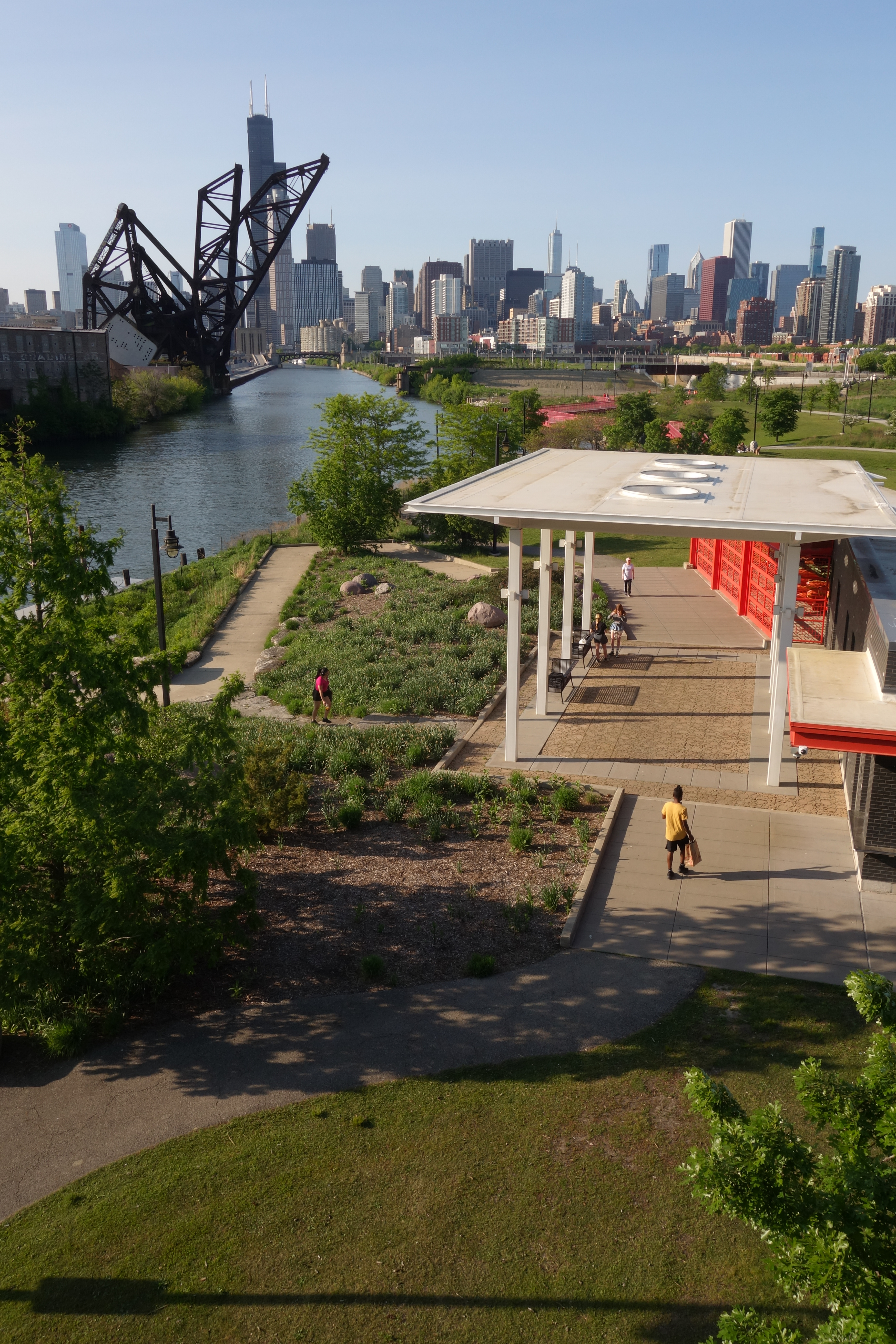The first thing you might notice when standing at the Chinatown Gate on Wentworth Avenue immediately south of Cermak Road is that it’s not exactly a gateway to anything.
The structure is more like a center point with shops, restaurants and other sites radiating out from the intersection. Ping Tom Memorial Park, with a riverside pagoda and other nods to Chinese culture, is also nearby.
All that growth from where this gate was first constructed in 1975 — when it did mark an entrance — is testament to the staying power of Chicago’s Chinatown. In an era when many other cities’ Chinatowns are shrinking, either from gentrification or from disuse, Chicago’s keeps growing. The area’s Asian American population grew by 158% between 1990 and 2020, according to the U.S. Census. And in 2021, the retail offerings jumped west across the South Branch of the Chicago River with the opening of 88 Marketplace, a giant grocery store and food court.

At the approximate center of it all is this gate, with a traditional pagoda-style roof on steel legs. When it was dedicated in November 1975, George Cheung, the Chinatown community leader who had led the project, bragged to the Tribune that the gate was “larger than the one in San Francisco,” which is surely an iconic image for Chicago: We always want to build bigger than anywhere else.
The gate was designed by Peter Fung, a Chinese American structural engineer and architect, who told the Tribune in 1975 that he originally wanted to design something contemporary, “but I was talked out of that.” He researched historical gates in China and came up with something he told Tribune architecture writer Paul Gapp was “an authentic derivative of old Chinese structures, but original.”
Next to the gate is a building that is also an iconic image of Chinatown: the Pui Tak Center, formerly the On Leong Building. With a pagoda tower and luscious terra cotta trim, it’s a very beautiful building. But as the Chinese American Museum of Chicago notes on its website, the building is “more Orientalizing than Oriental, a westerner’s reinterpretation of Chinese architectural forms [which] did not include any purely Chinese structural concepts or decorations.”

Thus, the gate designed by a Chinese American based on historical Chinese gates has a more authentic claim to being the icon of Chinatown.
While the gate is less than 50 years old, it’s a marker for a Chinese presence in Chicago that dates back to at least 1860.

That year, John Dorming, a Chinese immigrant living in Chicago and performing as a knife-thrower, was written about in the Chicago Tribune.
Chinese immigrants began migrating east from California after the first Transcontinental Railroad was finished in 1869. In Chicago, two of the first known Chinese-owned businesses were a Madison Street laundry opened by Harp Lee in 1873 and a grocery store opened by T.C. Moy on Clark Street in 1874. Moy’s store was the nucleus of Chicago’s original Chinatown on Clark Street in the Loop. Moy urged his relatives in San Francisco and Guangong, China, to come join him in Chicago, and by 1885, there were 40 members of his extended family living in Chicago. When racism and laws written to exclude Chinese people caused many of them to leave California around the turn of the 20th century, many came to Chicago.
According to a history published by the Commission on Chicago Landmarks in 1988, some of the city’s Chinese population was living around what’s now Wentworth and Cermak in the first decade of the 20th century, when the federal government announced it would be demolishing several of its buildings in the Loop Chinatown to build a federal building. There were about 50 Chinatown businesses at the time. In April 1912, eight Chinese businesses moved to “New Chinatown” a block or so from where the gate is now, and the rest of the 50 were planning to go by the end of the year.
The area that became “New Chinatown,” including the On Leong/Pui Tak building that was finished in 1928, is what we now call “Old Chinatown.” That’s because Chinatown kept growing and, since 1992 when the big Chinatown Square shopping and dining complex opened on Archer Avenue, it’s been known as “New Chinatown.”
And now that there’s Chinatown dining on the far side of the river, maybe that should be called “New New Chinatown.”
But in fact they’re all one Chinatown, with the gate as its centerpiece.
Dennis Rodkin is the residential real estate reporter for Crain’s Chicago Business and Reset’s “What’s That Building?” contributor. Follow him on Twitter @Dennis_Rodkin.
K’Von Jackson is the freelance photojournalist for Reset’s “What’s That Building?” Follow him on Instagram @true_chicago.




